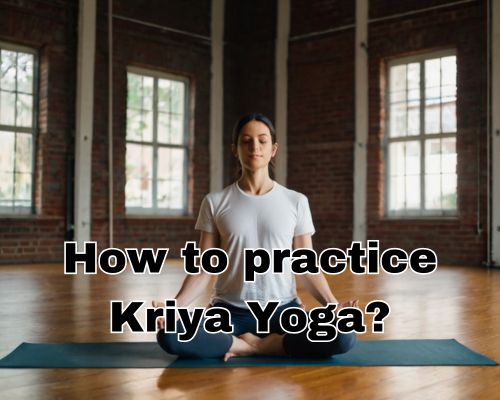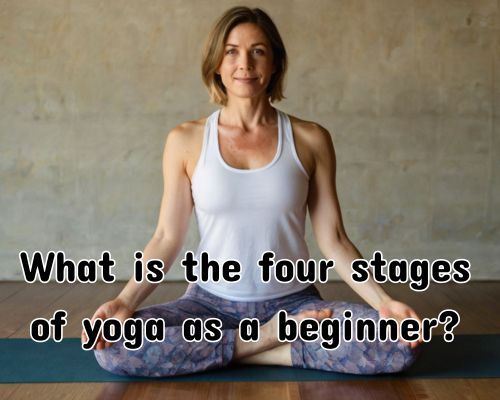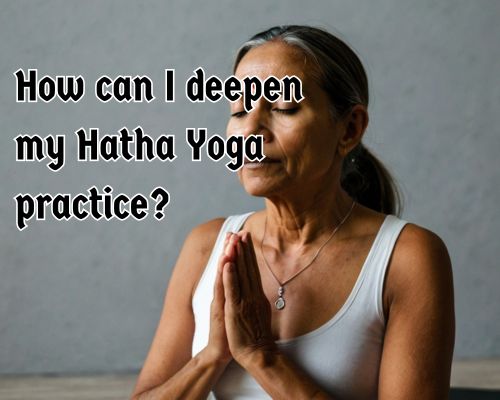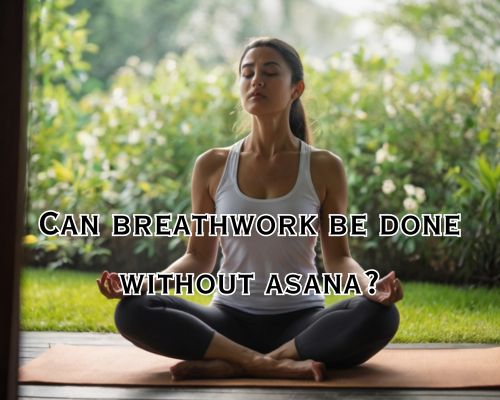Is Yoga Hindu or Buddhist? A Deep Dive from Mornington, AustraliaIs Yoga Hindu or Buddhist? A Deep Dive from Mornington, Australia
Yoga has grown immensely in popularity across the globe, including in wellness-focused communities like Mornington, Australia. From hot yoga studios overlooking the beach to peaceful sunrise sessions in local parks, this ancient discipline is thriving in the modern world. But as its popularity expands, so does curiosity about its origins. One frequently asked question is: “Is yoga Hindu or Buddhist?” With Bikram Yoga Mornington, we’ll unpack that question with historical depth and cultural insight.
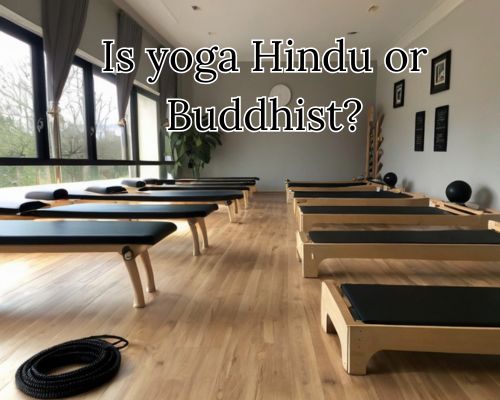
🧘♂️ Understanding Yoga’s Historical Roots
The word yoga comes from the Sanskrit root “yuj,” meaning to yoke or unite. This concept of unity—between body, mind, and spirit—sits at the heart of yoga practice. But understanding whether yoga is Hindu or Buddhist requires unpacking the shared spiritual and philosophical foundations of both religions.
Yoga originated in ancient India, long before the modern delineation of religions we know today. Its roots trace back at least 2,500 years, evident in the Vedas, some of the oldest sacred texts of Hinduism. These early scriptures contain references to yogic philosophy, meditation, breathwork (pranayama), and spiritual discipline (tapas).
But then we also encounter Buddhism, which arose in India around the 5th century BCE. Gautama Buddha, the founder of Buddhism, practiced and later reinterpreted yogic techniques in his own path toward enlightenment. His teachings on mindfulness (sati), meditation (dhyana), and ethical living (sila) closely parallel yogic concepts.
So, is yoga Hindu or Buddhist?
The answer isn’t a binary one—it’s more of a Venn diagram than a divide.
📿 Yoga and Hinduism: A Spiritual Inheritance
Most scholars agree that yoga has Hindu origins, especially considering its presence in the Bhagavad Gita, Upanishads, and the Yoga Sutras of Patanjali—all core Hindu texts. These sources outline various paths of yoga:
- Bhakti Yoga: the path of devotion
- Jnana Yoga: the path of knowledge
- Karma Yoga: the path of action
- Raja Yoga: the path of meditation
These are deeply spiritual approaches, often practiced with a reverence to Hindu deities like Shiva, Vishnu, or Krishna. In this view, yoga is not just a physical exercise but a sacred journey toward moksha, or liberation from the cycle of rebirth (samsara).
In Mornington, local yoga teachers sometimes integrate aspects of this spiritual tradition—chanting Sanskrit mantras, offering meditative guidance rooted in Vedantic philosophy, and discussing ancient yogic texts in workshops.
🧘♀️ Yoga and Buddhism: Shared Paths, Divergent Goals
While Buddhism didn’t invent yoga, it adopted and adapted many yogic practices. The Buddha himself studied under yogic masters before achieving enlightenment. His rejection of some Hindu concepts (like the eternal Atman, or soul) marked a shift, but many techniques remained.
In Theravāda and Mahāyāna Buddhism, meditative absorption (jhanas), body-awareness, and mindfulness training closely resemble yogic dhyana (meditation). But in Buddhism, the goal is nirvana, not moksha—a subtle but important distinction.
Furthermore, Tibetan Buddhism, which blends indigenous Bon traditions with Indian and Chinese influences, includes Tantric yoga practices, sometimes referred to as “Vajrayana Yoga.” These can be visually striking and symbolically rich, with practices like visualizations, deity yoga, and advanced breathwork (tummo).
For practitioners in Mornington, Buddhist-inspired yoga sessions may focus more on mindfulness, impermanence, and non-attachment, compared to the more devotional or metaphysical tone in Hindu-based teachings.
🧩 The Influence of Modern Yoga in Mornington
If you take a yoga class in Mornington, Victoria, it’s unlikely to be purely Hindu or Buddhist. Most modern yoga classes—especially in the West and Australia—are a hybrid of Hatha Yoga, a physical form of yoga codified in medieval India, and contemporary fitness culture.
Studios like Bikram Yoga Mornington, Breathe Yoga & Wellness, and Soul Space Yoga often emphasize:
- Asana (postures)
- Breathwork (pranayama)
- Mindfulness and stress reduction
- Community and personal growth
While some teachers may draw from yogic philosophy, most classes are secular and accessible, designed for all backgrounds. This aligns with Australia’s multicultural values, making yoga a tool for holistic wellness rather than a religious commitment.
Yet, these classes still carry echoes of their ancient roots—whether it’s the Sanskrit names of poses or the subtle incorporation of concepts like ahimsa (non-violence) or dharma (duty/path).
🧠 Insightful Takeaway: Yoga as a Transcultural Practice
To ask “Is yoga Hindu or Buddhist?” is like asking if music belongs to any one culture. Yes, yoga originated in the context of Hinduism, and yes, it was profoundly shaped by Buddhism. But today, it exists beyond those boundaries—especially in places like Mornington, where yoga serves as a bridge to better physical health, emotional resilience, and self-awareness.
Rather than drawing lines, it’s more accurate to say that yoga is:
- Philosophically diverse
- Historically Hindu in origin
- Significantly influenced by Buddhist meditation
- Modernized and secularized in the West and Australia
- Spiritually flexible for today’s multicultural audiences
🌅 Final Words: Practicing Yoga Respectfully in Mornington
Whether you attend a sunrise Vinyasa class at Mills Beach, or unwind with a candlelit Yin session at a local retreat, knowing the heritage of yoga deepens your appreciation for it. While most instructors in Mornington don’t require you to chant mantras or study scriptures, the invitation is there: to practice yoga not just as exercise, but as a respectful nod to thousands of years of wisdom.
So, is yoga Hindu or Buddhist? It’s both—and neither. It is, above all, a gift from ancient India, embraced worldwide and thriving in the wellness community of Mornington, Australia.
💠🌐 Namaste and may your journey on the mat be insightful. 💠🌐

